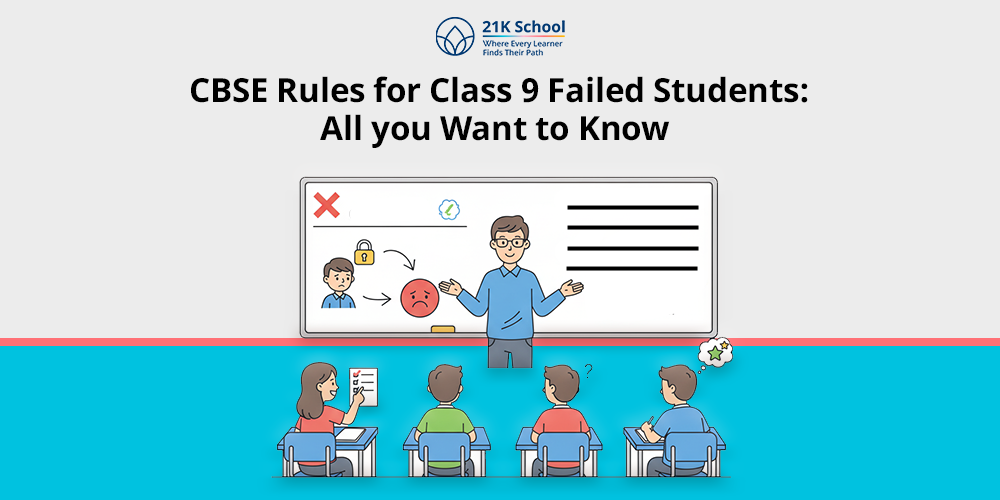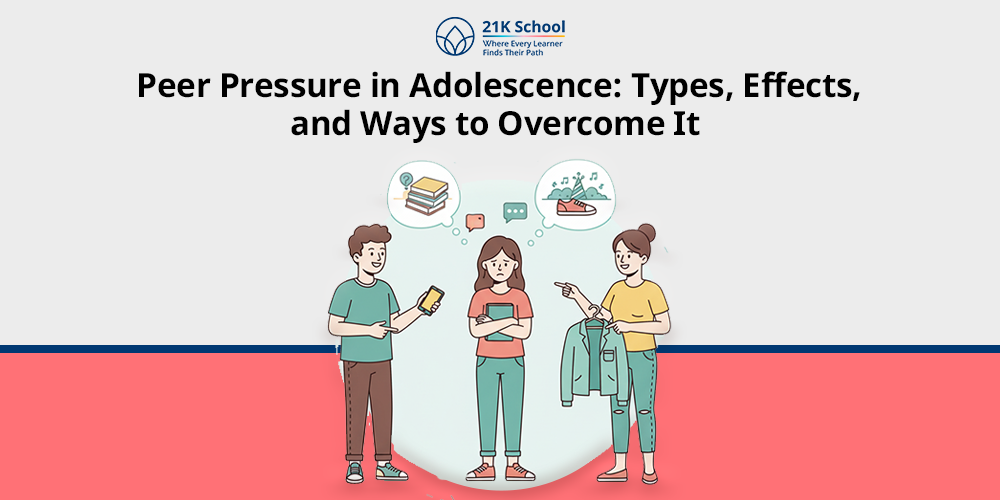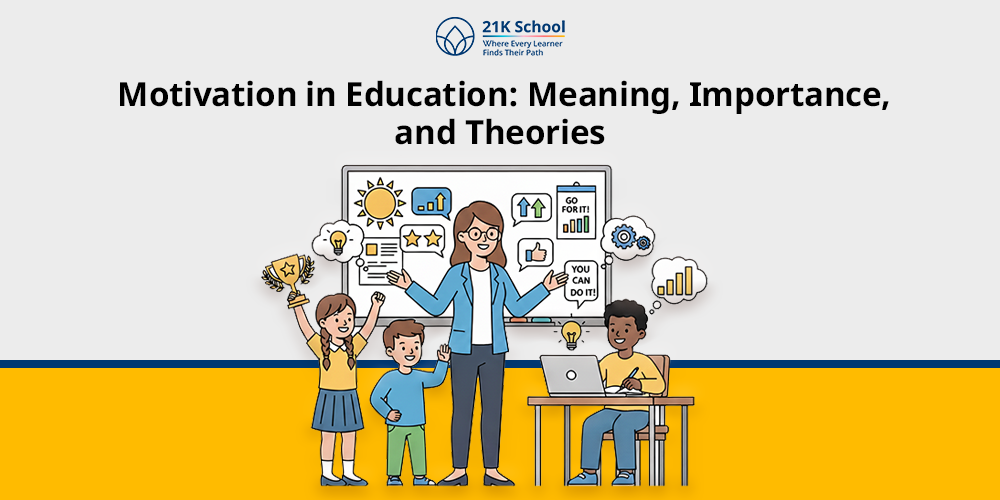
Have you ever wondered why Montessori schools are different from traditional schools?
Both Montessori School and traditional school are various educational institutions or systems that provide good education to students so the question is what separates Montessori education as compared to traditional school education?
One of the most important questions that parents pose themselves when they are planning the future of their child is which education system would best suit the child. The reason is that education will define how a child will learn, how social skills will be instilled into him or her and the worldview of the child.
The Montessori teaching method that it provides provides a comparatively superior educational framework in comparison to the traditional one. Under this mode of teaching the students will not sit down and listen to the instructor, and they will be engaged in the learning process according to their preferences, which enhances individual learning.
Table of Contents
What is Montessori School?
A Montessori school is a learning organisation that follows the Montessori method, a pedagogical approach to learning that was invented by Dr. Maria Montessori in the early 20th century. This philosophy lies in the fact that this philosophy enables the child to build his/her natural curiosity and desire to learn by getting involved in self-directed, hands-on activities.
A Montessori classroom will provide the children with an opportunity to learn and play according to their personal speed, choosing the activities that will be interesting and relevant to them and according to their level of development.
Unlike in conventional classrooms, the Montessori schools are made up of mixed-age populations, whereby the older children tend to guide the younger ones, hence the schools have a community and collaborative learning.
What is Traditional School?
A traditional school is a standard educational environment which has a structured curriculum, often defined by national or state educational standards. Under this system, students usually advance to different grades in a group which is based on their age.
The learning environment in a traditional school is more organised and structured into a rigid study schedule with subjects allocated a certain time and rules on behaviour.
As a rule, students are supposed to obey the instructions, do their homework, and prove their knowledge by writing and taking exams. This strategy puts emphasis on discipline, consistency and mastering of core knowledge and skills.
Difference between Montessori and Traditional School
The traditional and Montessori schools are both variants of the approaches to learning.
The Montessori schools are child-directed, self-directed learning, mixed-age classes as compared to the traditional schools, which are teacher-directed, standardised and typically same-age classes. Here you can refer to the differences between the Montessori and traditional schools.
| Aspects | Montessori School | Traditional School |
| Teaching Method | The Montessori school is student-oriented, which gives the students freedom. | Traditional school is teacher-centred, whereby the teacher does the teaching and the students listen. |
| Student Assessment | An assessment procedure of a Montessori school is more or less observational in nature, whereby the teachers observe the performance of the students. | In the traditional school, the evaluation process is formal and structured in the sense that tests and quizzes are employed, and report cards and grades are used to measure performance. |
| Flexibility | Montessori school is not strict, and the student may learn at his/her own speed. | Traditional school is less flexible and adheres to an organised learning set-up. |
| Curriculum | The curriculum in Montessori school is flexible and adopts an interdisciplinary approach of learning. | Traditional school has an organised curriculum that is subdivided into distinct subjects. |
| Empashis | Montessori school stresses out holistic education of students, and this concentrates on independent learning. | The conventional school focuses on academic performance, discipline and standards in education. |
| Approach | The Montessori school also follows the learning strategy of discovery and this promotes curiosity among the students. | According to the classical school, the students are subordinated to the instructional theory according to which students are provided with information by teachers. |
| Teaching Style | A Montessori teacher is more of a facilitator or a guide, one who observes, helps and can only interfere when necessary. | In the traditional school, teachers are in a leadership role and they dictate classroom behaviour and guide teaching. |
| Classroom Structure | The classroom organisation is unrestricted, where children of different ages can cooperate and learn with each other. | The classroom is organised in such a way that the students are grouped based on age and the learning process is teacher-centred. |
1. Teaching Methods
Montessori School: It is student-centred learning, and it has a mode of learning by doing. The teachers become mentors who show the way as a result of discovery and not by direct teaching. The process of learning is usually self-directed and curiosity-oriented.
Traditional School: This is the teacher-centred learning where the whole classroom is taught by the teachers. Students are taught through the use of lectures, the use of textbooks and written assignments to a larger extent. It is also instructional, and repetitive, to ensure that some academic content is mastered.
2. Student Assessment
Montessori School: Montessori assessment is primarily observational, with teachers closely and continuously observing student progress. Educators also note the growth of individual students in the daily activities and interactions of the student, rather than by relying on standardised tests and marks.
Traditional School: Assessment is formal and structured, whereby it is done through tests, quizzes, report cards and grades. Measurement of success is usually done based on standardised measures and comparison with classmates in the same grade level.
3. Flexibility
Montessori School: The Montessori School promotes flexible learning. Students are in charge of their learning and decide the time and duration of interaction with various activities. The lessons are modified to the readiness and interests of the child, and one can take individual paths of learning.
Traditional School: Traditional school is not very flexible. The students adhere to a predetermined schedule and programme that is oriented towards the entire group. Every learner follows the material even at a different pace or level of interest.
4. Curriculum Structure
Montessori School: The school curriculum is also integrated and interdisciplinary learning. Such subjects as math, science, and language are instructed in practical, connected experiences. Learning materials are tangible and scaffold out simple to complex.
Traditional School: The curriculum is organised into distinct subjects and one is taught at a time at a specific schedule. The lessons will be sequential and based on state or national academic standards.
5. Emphasis
Montessori School: Focuses on holistic development, intellectual, emotional, social and physical development. It is focused on the development of independence, problem-solving skills, creativity, and lifelong learning.
Traditional School: This focuses on academic performance, discipline and passing educational requirements. The idea is to make sure that the students obtain the necessary background knowledge and skills to be able to continue their education.
6. Approach
Montessori School: Adopts a discovery-oriented learning system that allows children to learn by discovery and correction. There is inquisitiveness and intrinsic drive promoted in the environment.
Traditional School: It is more instructional, in which teachers give the information and learners digest it. Extrinsic rewards such as grades and praise are a very common motivating factor.
7. Teaching Style
Montessori School: Teachers are guides or facilitators, who merely observe, support and assist when it is necessary. They encourage critical thinking skills and independence of thinking.
Traditional School: Teachers are figures of authority; teachers are the ones that lead the process, manage behaviour in classrooms and make sure that the learning outcomes are achieved through teaching the students.
8. Classroom Structure
Montessori: The learning centres are organised into open interactive spaces with various learning areas and materials being availed to learners. The mixed-age children are also free to work in a group, and hence, they are provided the opportunity of learning to cooperate and learn together.
Traditional: It is more formal in the classrooms, all the desks are in a row or a group all facing the teacher. The students are separated into groups based on their age and the particular learning method is taught one at a time based on the rhythm.
Ending Note
Both classical and Montessori schools are meant to offer good education, but they are so unlike in their method and environments.
The Montessori schools are the ones that lay emphasis on independence, creativity and self-paced learning, whereas the traditional schools are more structured, disciplined and give importance to standardised learning.
The most appropriate decision is based on the personality of the child, the type of learning process and the type of educational experience that the parent would like his or her child to have.



